Mini-split air conditioners are the cheapest type of air conditioning system. Frequently, these systems are installed on outside walls. But, what if you want to put a mini-split on one of your home's inside walls? Let's take a glance at some of the possibilities that we've found to install it.
You can install a mini-split head in almost any wall within your home, but with some caution. The least expensive installation is usually on an outside wall. However, when choosing an inside wall for the head location, you will invariably pay more for installation costs.
With another hot summer on the way, a mini-split AC system is one option that is becoming popular. So, let's look at the factors and pointers to think about if you opt to mount your indoor air handler on an inside wall. Read on!
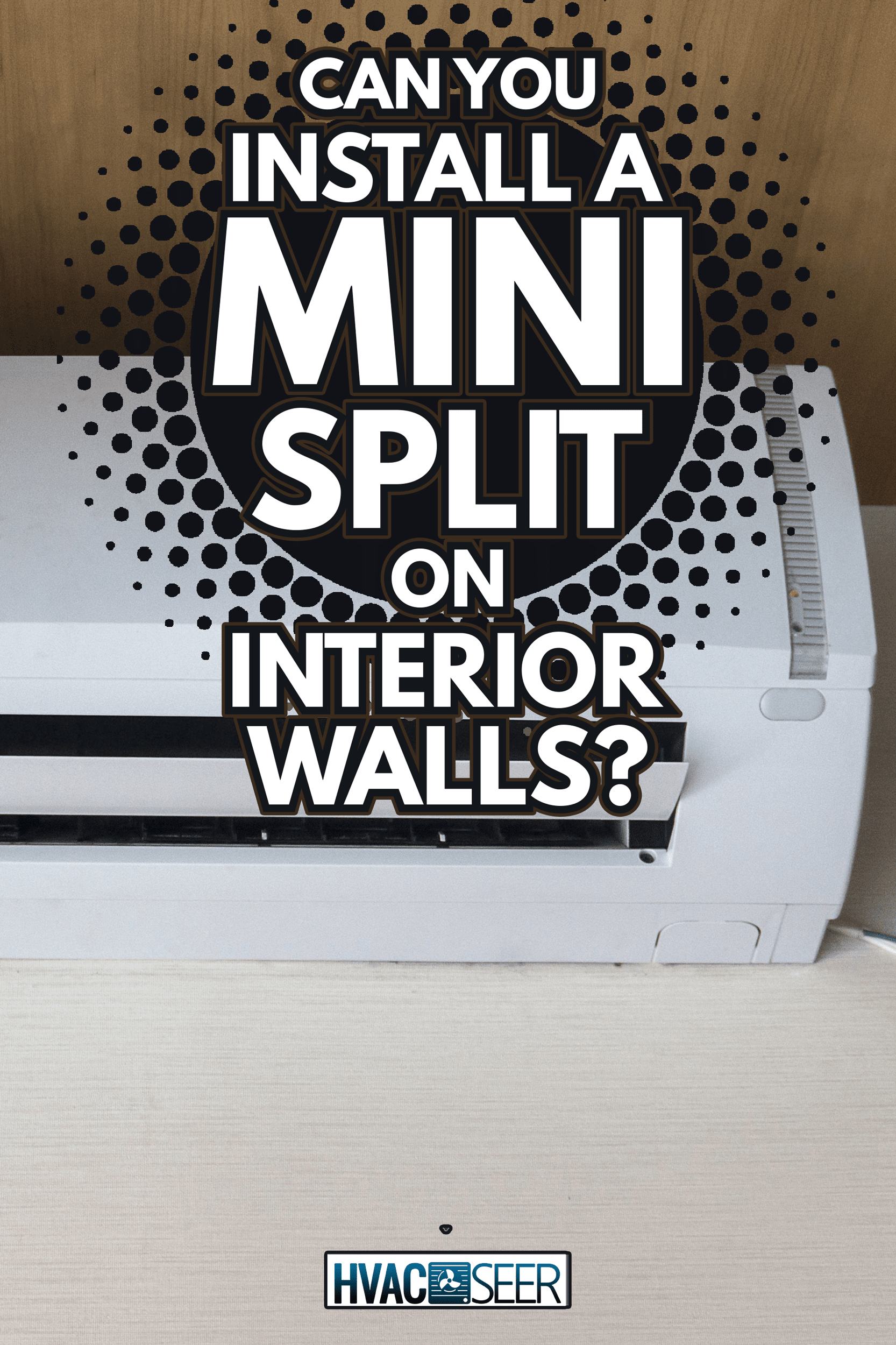
Positioning a Mini-Split AC System
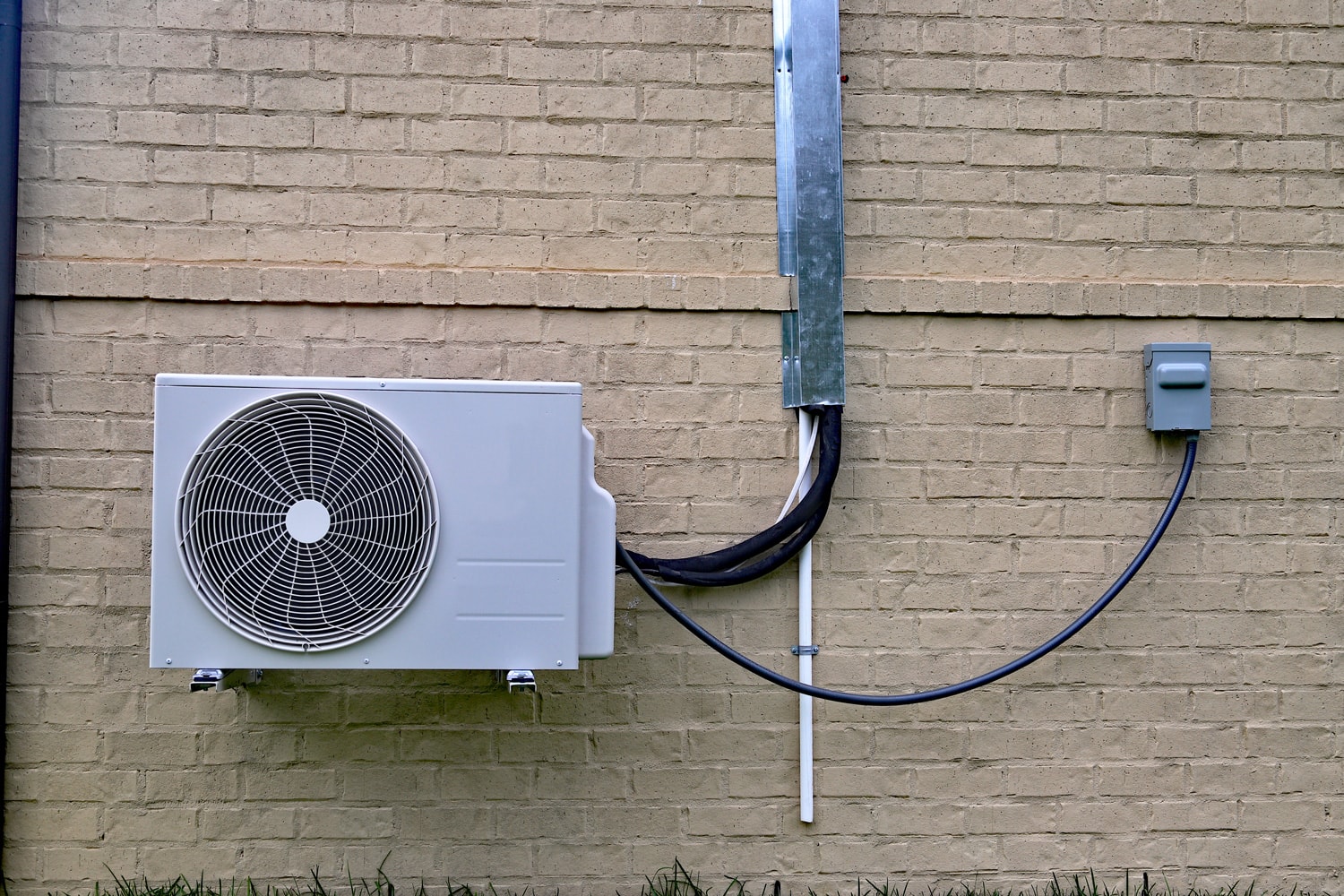
Mini-split blowers are typically placed on an outside wall since the power and condensate lines may run in a shorter tube. Installing the blowers on an inside wall can make things more complicated, which is why installers don't always recommend it.
However, there are some instances where this is inevitable. If so, one thing you must evaluate is the ideal room to place your units.
Consider your mini-split system's capacity as well as your heating and cooling needs. This is because blower units aren't necessary for every space. You might also want to choose quality over quantity while making decisions.
Also, you need to assess where a unit can be best located to efficiently cover a region of your home before you start adding up the number of indoor units you'll need.
Each home has its own set of requirements. Consultation with an experienced and competent specialist is the best approach to determine the optimal HVAC system for your home.
This will ensure that all of your investment in this project does not go to waste. Also, it will save you from even more troubles in the future.
Aesthetic and Cost Considerations of Inside Wall Installation
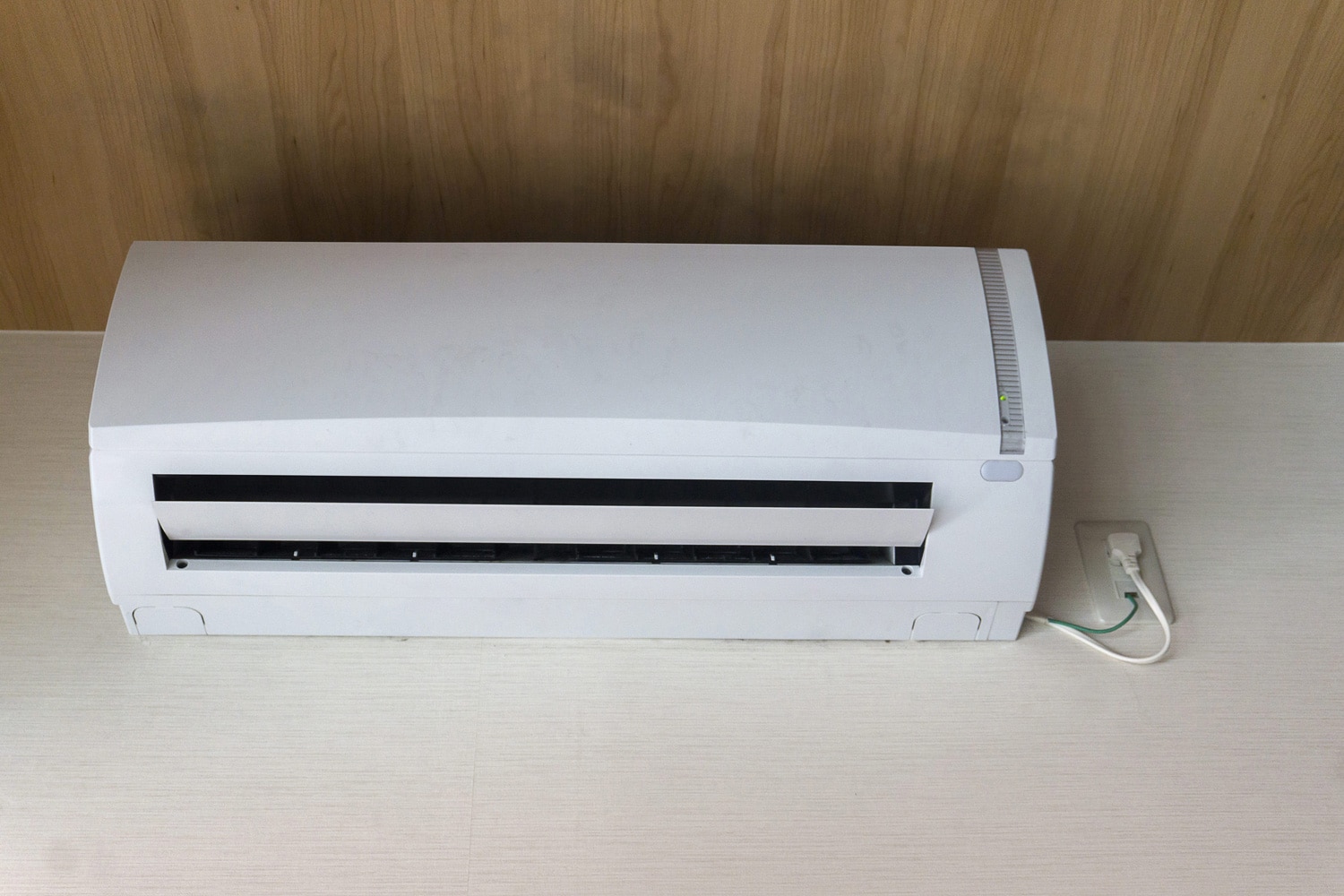
When placing mini-split indoor units on an inside wall, there are two factors to consider: aesthetics and cost. The constant flow of refrigerant and air is required within the components of a ductless air conditioning system.
So, you'll have to figure out how to connect the pipes and electrical wires.
Using a standard installation on an exterior wall, the pipeline runs outside of the house. However, after the pipes are installed on an inside wall, pipelines must be run indoors to the outdoor unit.
If you don't want these pipes to interfere with your home's design, you'll have to perform some further work to conceal them. Furthermore, since the distance between your outdoor and indoor units will be greater, a long tube system must be installed.
Additional construction, more refrigerant, and more tubing are also required. More effort and materials will also result in higher labor and material costs.
How do you hide mini-split lines?
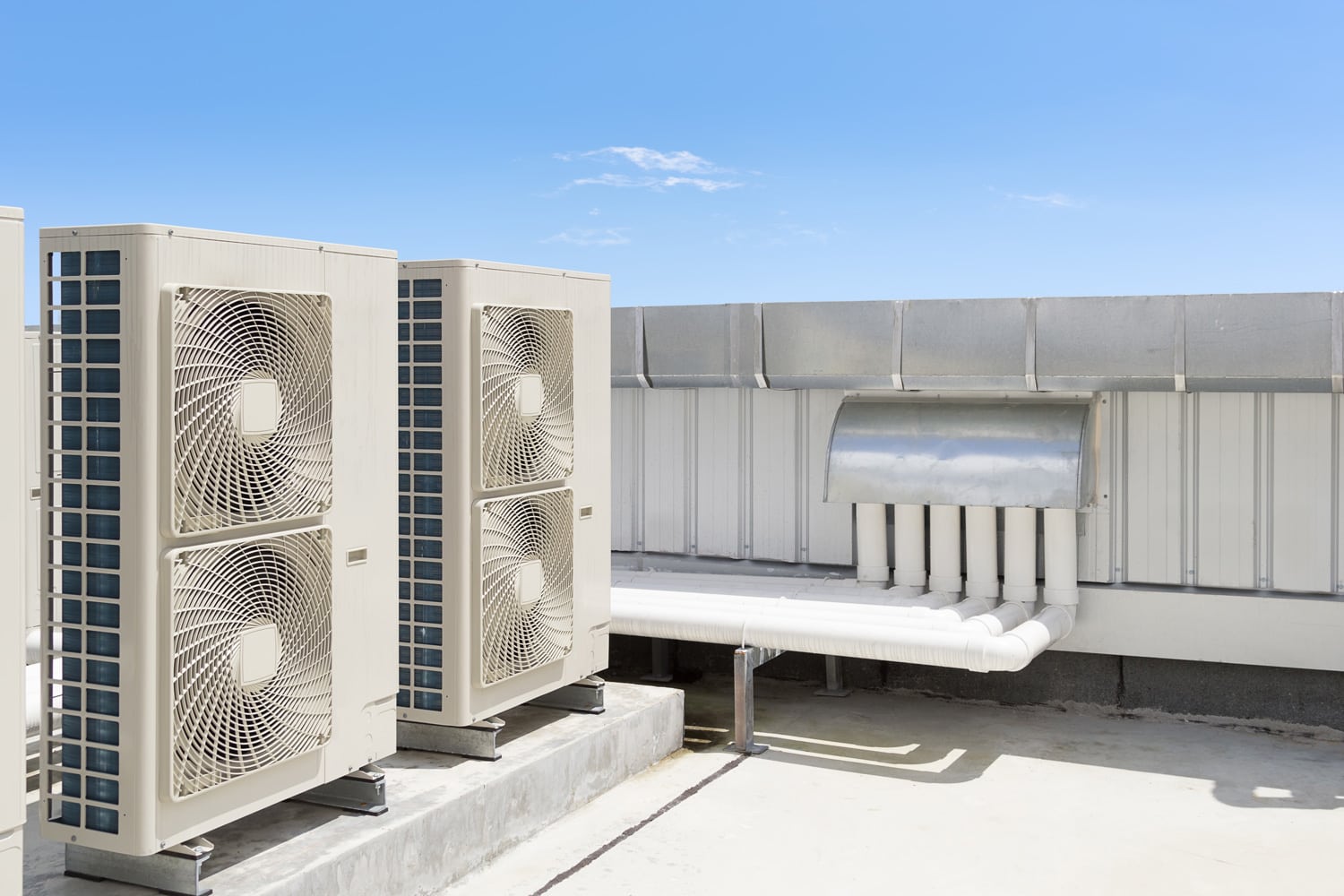
Behind Sleeves or House Decors
The pipeline of an internal wall-mounted unit can be hidden by concealing it behind sleeves or existing house decoration.
By selecting materials and colors that complement your home's interior design, you may merge the sleeves' design into your home's interior design.
You can also take advantage of strategically placed shelving and cabinetry to handle the hidden tube work. The most crucial thing is that the refrigerant and air may flow freely throughout the entire ductless system.
Within Walls
The most effective way to keep the pipes out of sight is to run them through the walls. However, there are a few things to consider before installing an in-wall tubing system.
The first is that your walls must be strong enough to support the weight of your indoor blowers. The substance of your wall is the most crucial factor here.
Because of the weight of your unit, you must ensure that the wall does not shatter or dissolve over time. The nature, age, and location of your wall material determine its strength. The integrity of your walls will be affected by their age.
It is also a question of whether your wall is wood, plaster, fiber, brick, or stone. Each of these foundations has its own set of advantages and construction flexibility.
The position of the pipes is also important because it impacts the weight distribution within your walls.
Maintaining Hidden Mini-split Pipelines
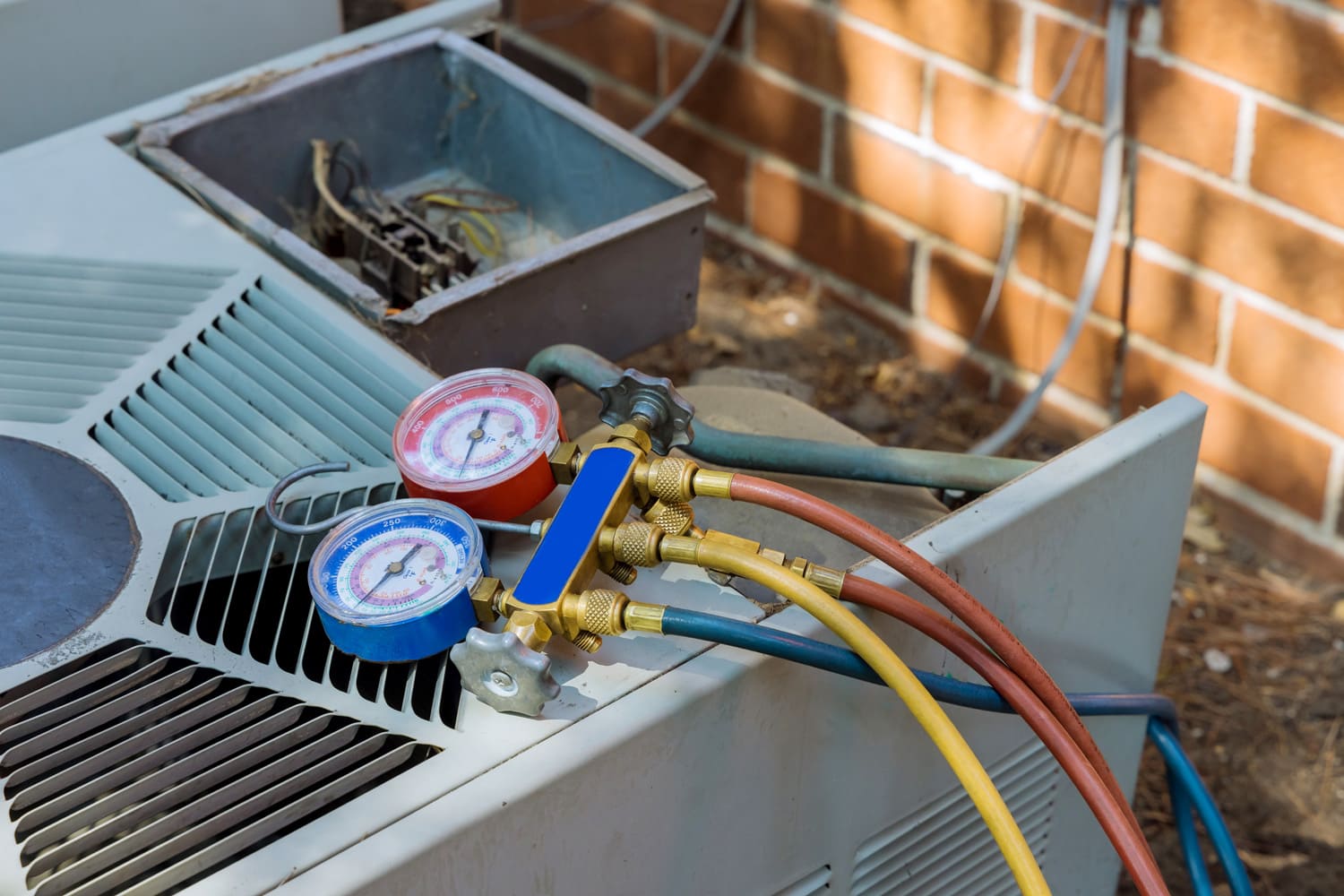
You might also want to think about having access to your hidden pipes. Because they're hidden behind your walls, it'll be tough to get to them if you need to make repairs or alterations in the future. However, repairs are not as difficult if they were installed by a qualified specialist.
If you intend to add additional units in the future, make sure that you can do so cost-effectively and safely. Keep in mind that taking down your walls regularly can weaken them.
It's best to plan ahead of time so you can be fully prepared. Also, keep an eye out for nails or other foreign objects that may come into contact with the tubes.
Drilling and nailing into your wall may cause damage to your pipeline, requiring costly repairs to your home and AC system. To avoid this, have your installer use safety nets such as steel brackets, nail plates, and other measures to cover and safeguard your hidden pipelines.
Split-Unit Air Conditioning Drain Line
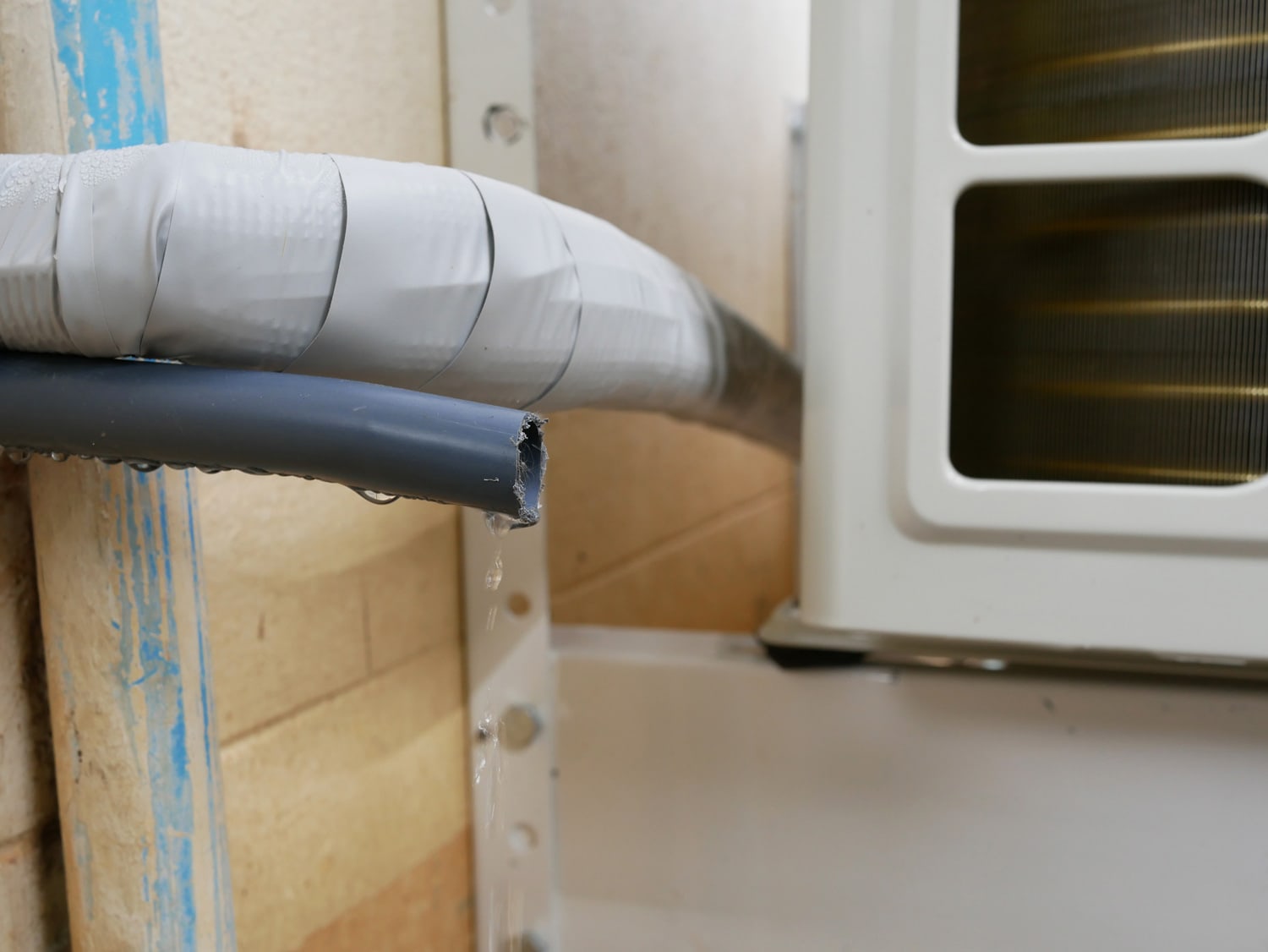
Because every air conditioning unit transports cold and hot air inside the system, moisture will invariably be present. When installing mini-splits indoors, you'll need to determine where the drain line will go. The drain line is frequently coupled with the house plumbing drain system.
A trap is required, like with other waste drains. This is to guarantee that sewage gases do not enter the home.
Luckily, an HVAC professional will have a better notion of how to best layout your air conditioning drain. Moisture and refrigerant leaks are not something you want to happen to your home.
Frequently Asked Questions about Installing a Mini-Split AC on an Indoor Wall
How much does it cost to install a mini-split air conditioning?
Ductless mini-splits are well worth the money when you evaluate everything you get in return. You save money not just in the short term but also in the long term.
Installing a mini-split system can cost anywhere from $2,000 to $14,500, not including the cost of the unit.
Don't be put off by the higher end of that spectrum. Unless you have a large business operation and need numerous indoor and outdoor devices to offer enough coverage, you're unlikely to spend that much.
On average, the device and skilled installation will cost around $2,500 for household use.
Can You Install a Mini-Split AC By Yourself?
You can install a mini-split yourself if you're proficient with tools and confident in your abilities to make decisions about where the units go. Due to the lack of ductwork, installation is relatively simple.
Install the interior and outside units, drill a hole, and connect the two with cables, and you're ready to go. That's a condensed version of the method, but it gets the job done.
If you've never installed such an appliance before, you may opt to hire a professional to ensure that the task is done correctly.
How Long Does It Take to Instal a Mini-Split AC?
If you're installing several indoor evaporators, the entire operation can take two days, from obtaining the proper supplies to finishing the installation.
Installing a single evaporator and connecting it to an outside unit can usually be completed in a single day.
Do You Need a License When Installing a Mini-Split AC?
Installing a mini-split air conditioner does not require a license. However, a license is typically necessary when physically handling refrigerant such as when refilling an air conditioner. Even then, regulations differ by refrigerant and jurisdiction.
Conclusion
If you decide to take the inside wall route, you should consider experts' advice and ensure that the line set and electrical wires are completely covered to protect them from harm.
If you enjoyed reading this, check these other articles for more:
